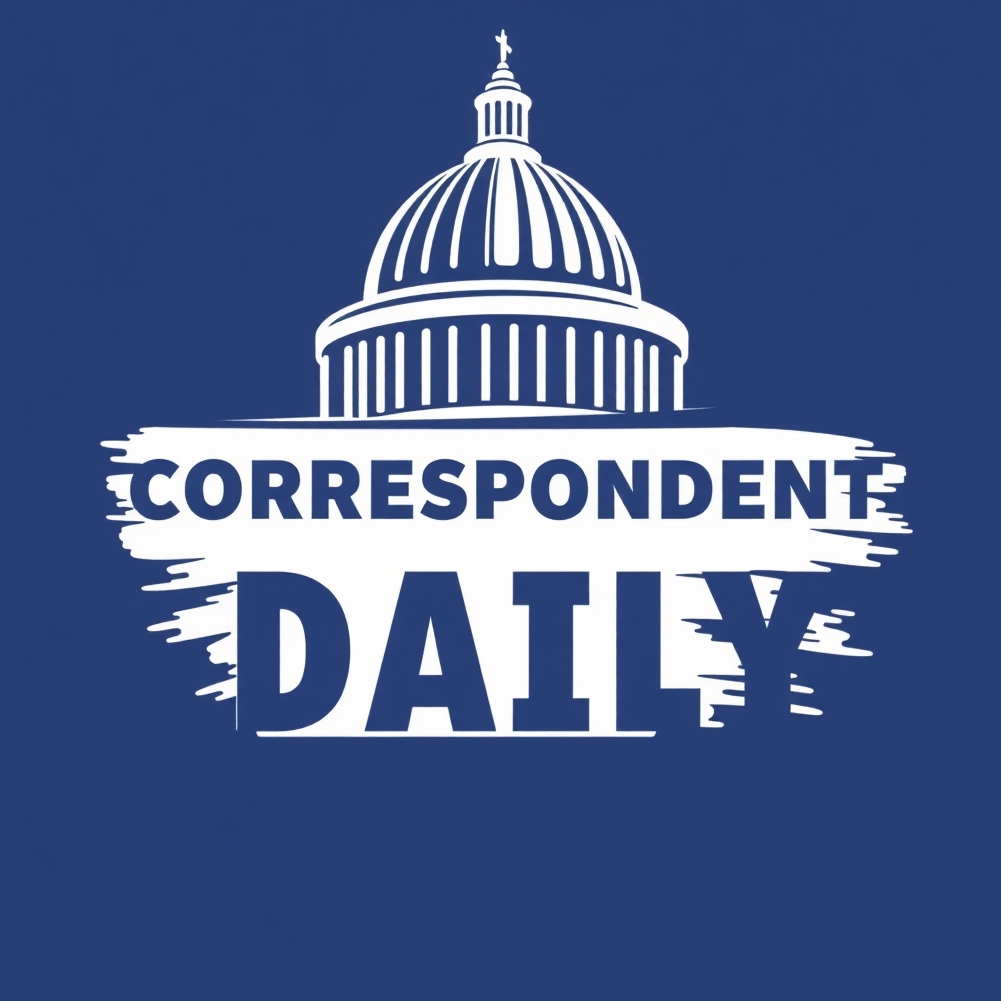
Trump’s Tariffs: A New Chapter in Global Trade Tensions
On August 1, 2025, in a move reminiscent of his earlier presidency, U.S. President Donald Trump signed an executive order imposing sweeping tariffs on numerous trading partners. Ranging from 10% to 41%, these new “reciprocal” tariffs are expected to significantly alter the global trade landscape.
The Impact on Trading Partners
Countries around the world are starting to assess the ramifications of these newly introduced tariffs. For instance, Switzerland is currently facing a steep 39% tariff on its exports to the U.S. following a series of bilateral discussions during which Swiss officials believed they had made significant progress. Now, the Swiss government is expressing regret and seeking a "negotiated solution" to mitigate the financial repercussions of the tariffs.
The Broader Implications for Global Trade
The tariffs are not merely about trade dynamics; they represent a growing trend towards protectionism that is altering global economic relationships. Economists and global leaders have warned that such aggressive trade policies could lead to retaliatory measures, which could escalate into a full-blown trade war. This brings forward the question: how does this impact not just the U.S. economy, but also the economies of its trading partners?
Understanding the Motives Behind the Tariffs
Trump’s assertion that he is open to "more compelling offers" from nations highlights his administration's willingness to engage in a negotiation strategy that could bring other nations back to the table. However, his strong stance suggests that he is simultaneously unyielding on certain issues. This duality reflects the complex nature of international politics and economics in a rapidly changing world.
Historical Context: Learning from the Past
The imposition of these tariffs echoes similar actions taken during Trump's initial presidency, where tariffs on steel and aluminum led to widespread international pushback and altered supply chains. The lessons gleaned from this historical perspective shed light on the potential consequences of these recent decisions. Will nations retaliate, and how will the global market react?
Future Predictions: A Protected Economy?
As we look ahead, the impacts of Trump’s tariffs may lead to increased prices for consumers as manufacturers pass on the costs of tariffs. Wall Street has already reacted to these announcements with heightened volatility, indicating the market's concern regarding uncertainties in trade relations. This begs the question: will protectionist policies eventually lead to a more fragile economy?
Echoes from Global Leaders
International responses have varied, with countries like the European Union expressing disappointment and warning against the dangers of economic escalation. Collaborating nations are likely to band together to challenge these tariffs, whether through diplomatic channels or in international trade organizations.
Countless Lives Affected
From factory workers in the U.S. to farmers in Europe, the implications of these tariffs ripple through various sectors. Not only do they affect economic stability but they also have the potential to disrupt livelihoods. As supply chains are challenged, jobs dependent on trade and export may hang in the balance, underlining the human element often overlooked in economic discussions.
Conclusion: Bridging Divides Through Dialogue
In these uncertain times of escalated trade tensions, it becomes increasingly critical to engage in dialogue to find harmonious solutions. President Trump’s tariff rollout may ignite debates about protectionism and fair trade, but the response of neighboring and allied countries will ultimately shape the outcome of this latest chapter in international trade.
As this story continues to unfold, stay informed about future developments and their implications. Understand the deeper meaning behind these changes, and prepare for the ripple effects that could continue to shape the global economy for years to come.
 Add Row
Add Row  Add
Add 




Write A Comment